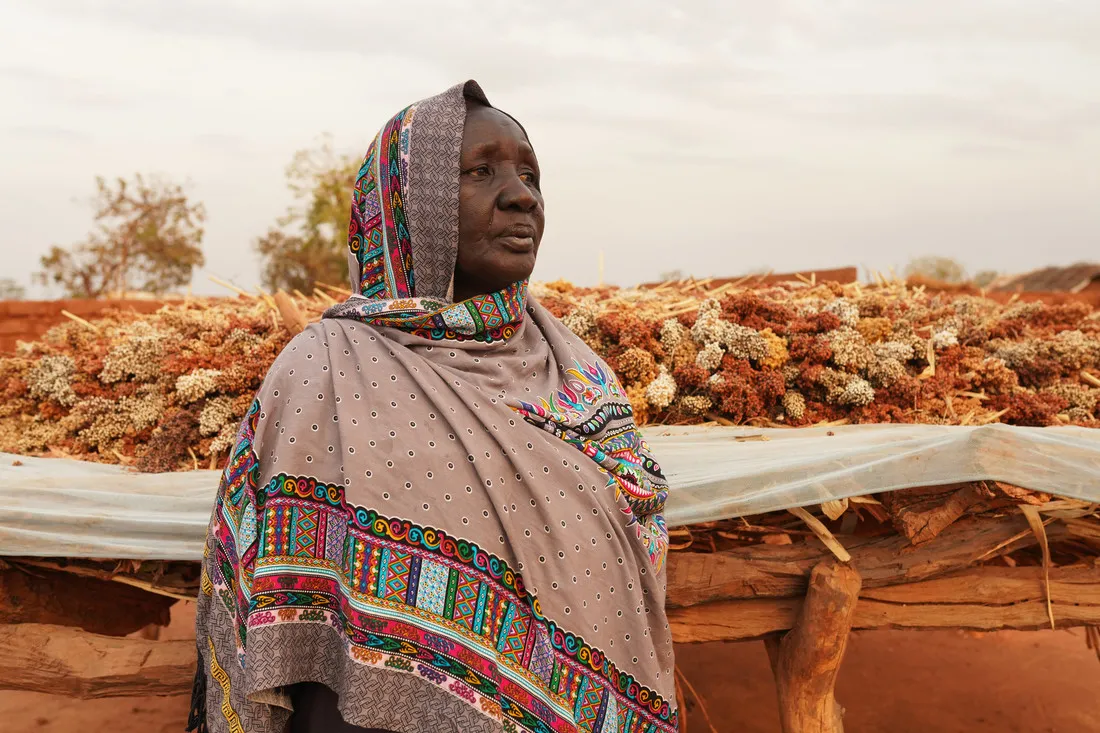About the Crisis in South Sudan
Right now, South Sudan faces the most challenging period since it gained independence a decade ago, with a converging set of crises including its highest-ever levels of food insecurity, repeated floods, armed conflict, and a renewed wave of the COVID-19 pandemic.
The number of people in need of humanitarian assistance has increased since last year, to 8.3 million – more than 70% of the population. Despite humanitarian efforts, more than 7.2 million people – over 60% of the population – continue to be acutely food insecure. Communities in six of South Sudan’s 79 counties could face famine-like conditions.
Meanwhile, violence between armed groups is creating new waves of internally displaced people (IDP), adding to an IDP population already estimated at more than 1.6 million – not counting an additional 2.3 million who have fled South Sudan. For women and girls who are disproportionately affected by food scarcity and already subject to widespread gender-based violence, it also means facing even greater risks of abuse, exploitation, including sexual violence and early and forced marriages. Attacks on humanitarian staff, assets, and compounds have also escalated in recent weeks, directly harming those who need urgent humanitarian assistance.
Compounding these issues, the COVID-19 pandemic continues to sweep across South Sudan. Since April 2020, more than 11,000 people have tested positive for COVID-19 in South Sudan, and 120 deaths (with a case fatality rate of 1.1%) have been reported. With the rollout of the vaccination, more than 52,000 people have received vaccines to date. Displaced people, particularly in overcrowded camps, face elevated risks of contracting the virus.

